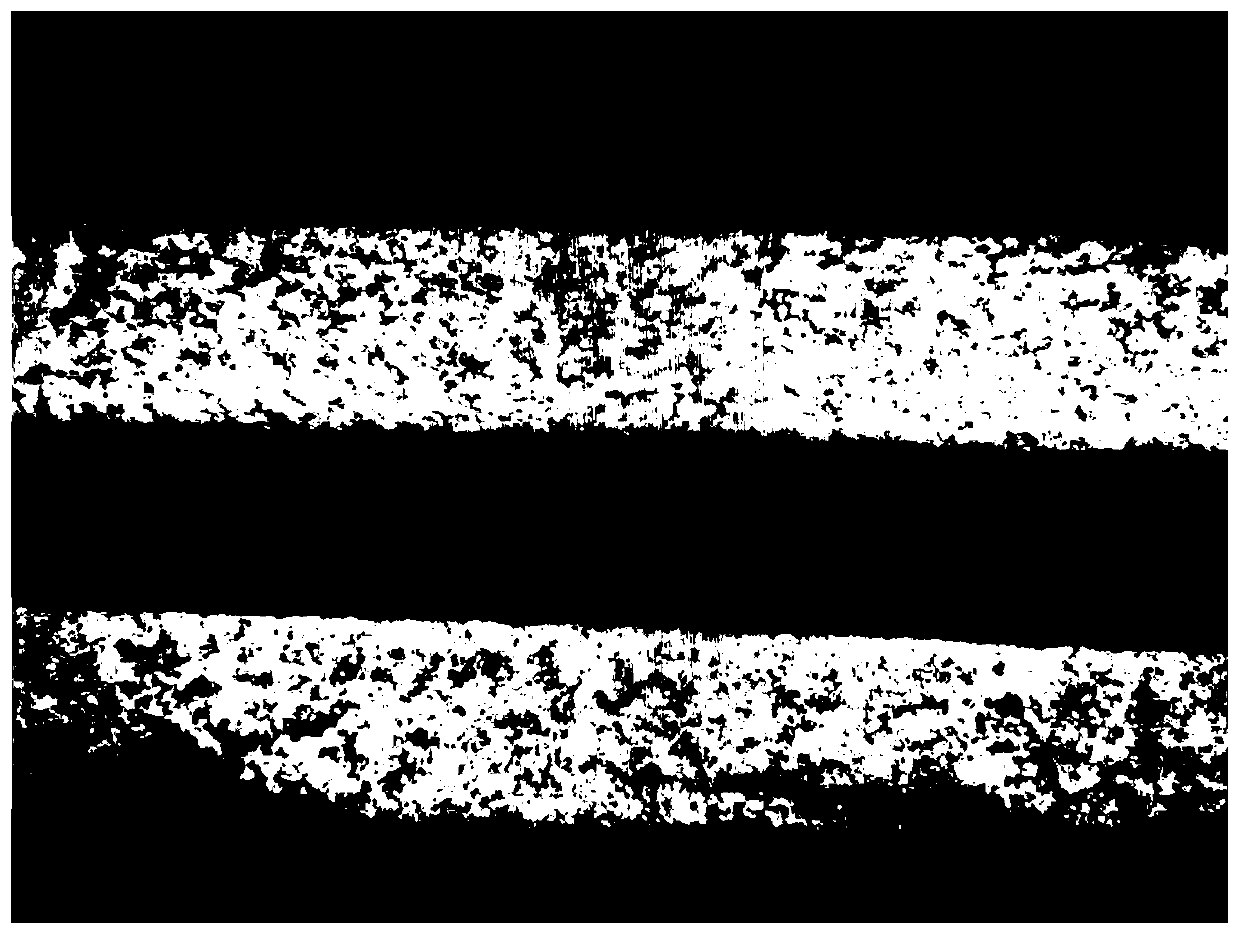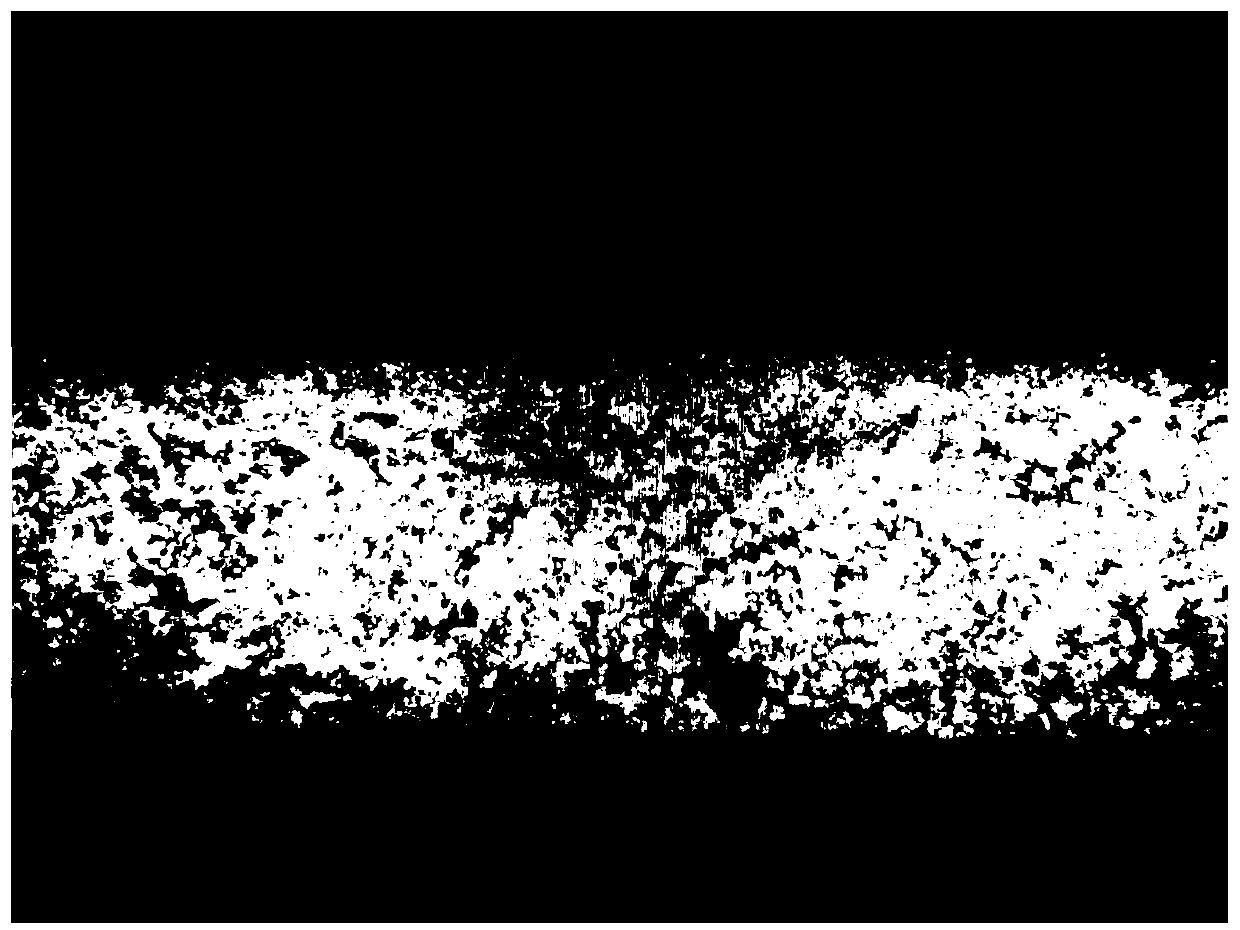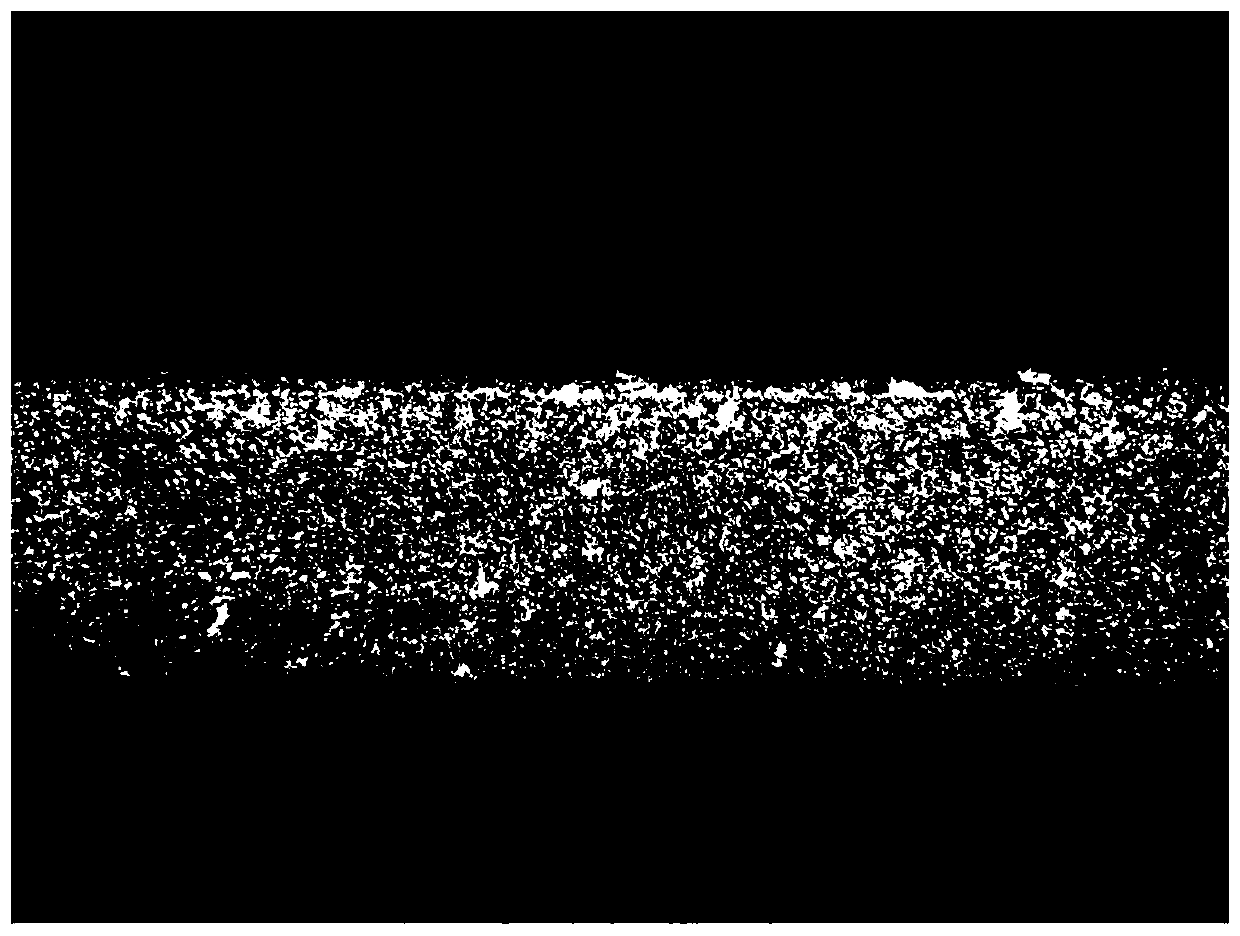Environment-friendly glue for silk-screen printing and lamination method of ceramic raw ceramic chip
A screen printing, environmentally friendly technology, applied in the direction of adhesives, adhesive types, adhesive additives, etc., can solve the problems of low efficiency, waste of labor costs, complicated operation steps, etc., to achieve improved production efficiency, excellent effect, time short effect
- Summary
- Abstract
- Description
- Claims
- Application Information
AI Technical Summary
Problems solved by technology
Method used
Image
Examples
Embodiment 1
[0025] The environment-friendly glue for screen printing in this embodiment consists of the following components in parts by weight: 77 parts of terpineol, 18 parts of tributyl citrate, 0.7 parts of RS-107 adipate ether-based environment-friendly plasticizer 0.5 part of hydrogenated castor oil, 0.8 part of lecithin, 3 parts of ethyl cellulose.
Embodiment 2
[0027] The environment-friendly glue for screen printing in this embodiment consists of the following components in parts by weight: 50 parts of terpineol, 10 parts of tributyl citrate, 0.6 parts of RS-107 adipate ether-based environment-friendly plasticizer 0.1 part of hydrogenated castor oil, 0.2 part of lecithin, 2 parts of ethyl cellulose.
Embodiment 3
[0029] The environment-friendly glue for screen printing in this embodiment consists of the following components by weight: 80 parts of terpineol, 20 parts of tributyl citrate, RS-107 adipate ether-based environment-friendly plasticizer 1 1 part, hydrogenated castor oil 1 part, lecithin 1 part, ethyl cellulose 6 parts.
PUM
| Property | Measurement | Unit |
|---|---|---|
| electrical resistance | aaaaa | aaaaa |
Abstract
Description
Claims
Application Information
 Login to View More
Login to View More - R&D
- Intellectual Property
- Life Sciences
- Materials
- Tech Scout
- Unparalleled Data Quality
- Higher Quality Content
- 60% Fewer Hallucinations
Browse by: Latest US Patents, China's latest patents, Technical Efficacy Thesaurus, Application Domain, Technology Topic, Popular Technical Reports.
© 2025 PatSnap. All rights reserved.Legal|Privacy policy|Modern Slavery Act Transparency Statement|Sitemap|About US| Contact US: help@patsnap.com



